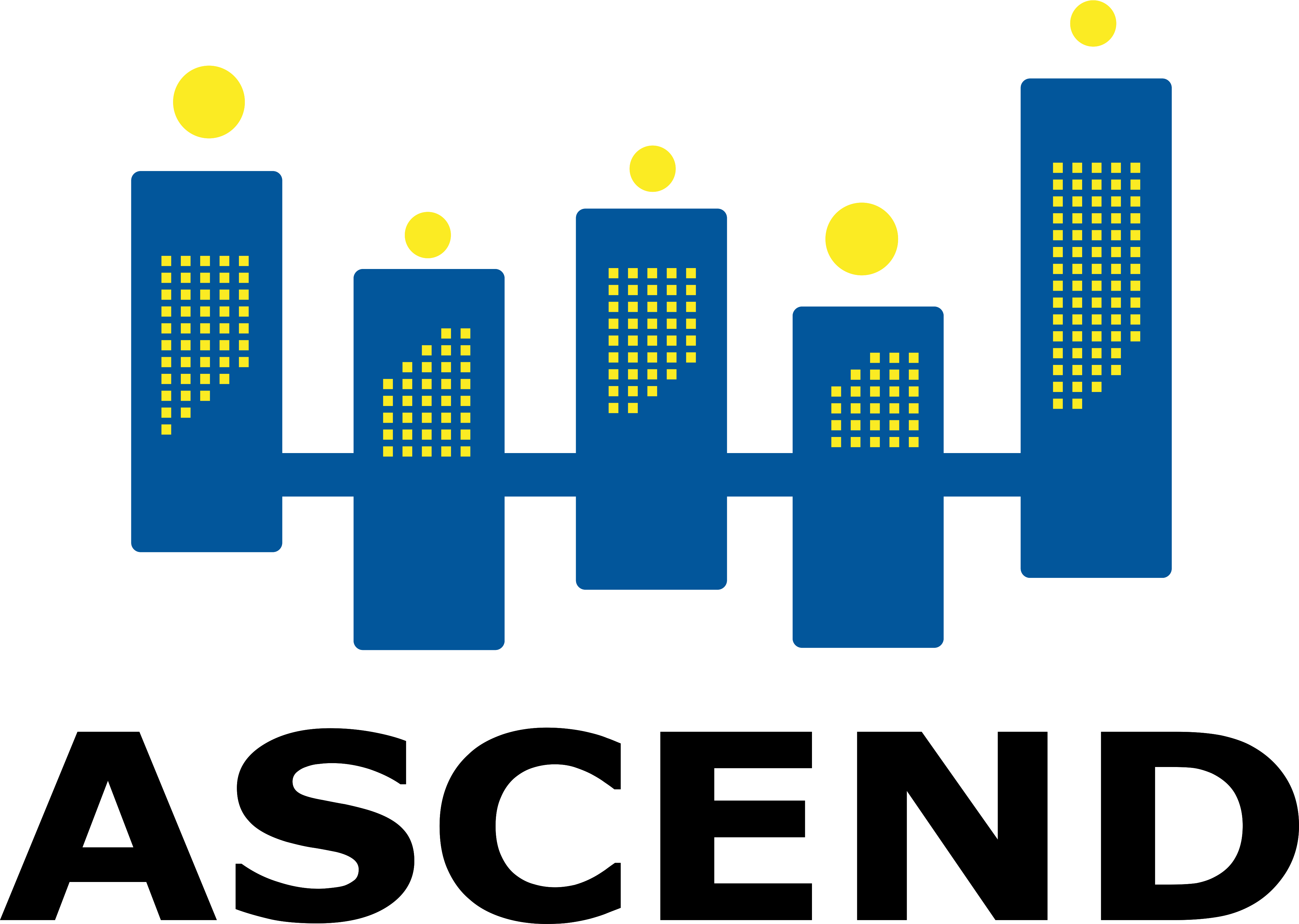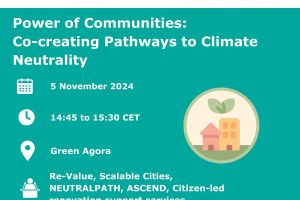
With Solution Package 6, ASCEND will establish a special-purpose public governance body, to orchestrate the PCED, leading the way for long-term commitment to the project, faster implementation, and good performance.
The Urban orchestrator is a public entity, a special-purpose body that combines elements such as energy, buildings, mobility, digital tools, and active citizenship to plan, fund, and operate Positive Clean Energy Districts. The goal is to align stakeholders, operate the federating platform, de-risk projects, secure financing, and turn pilots into efficient, scalable district systems.
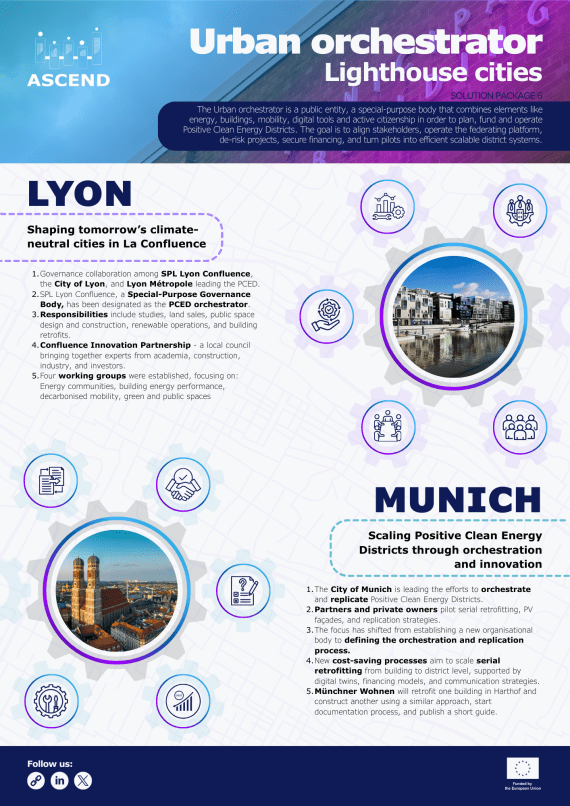
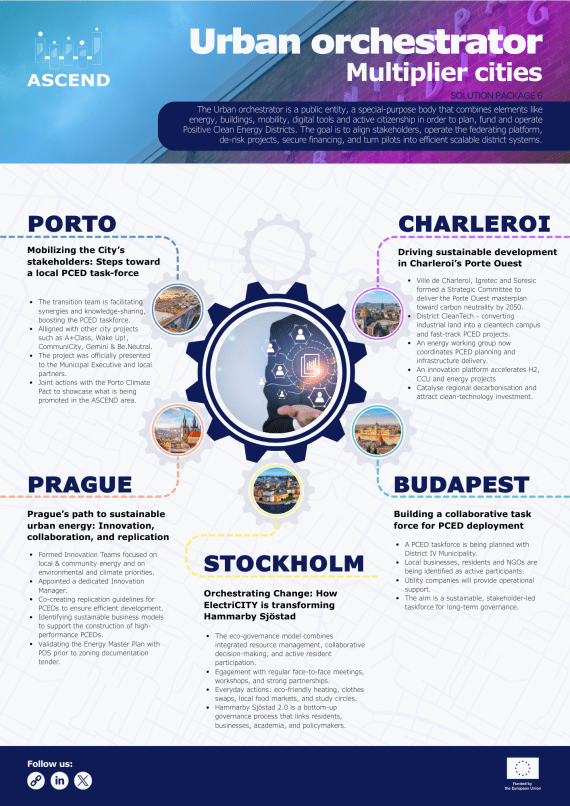
Planning is underway for a PCED task force in collaboration with the District IV Municipality, focusing on identifying local stakeholders, including business owners, citizens, and NGOs, as active participants. The goal is to establish a sustainable task force which utility companies will also support. The task force will help in organising, promoting, and deploying the PCED in District IV.
Challenges and Risks
• Establishing a task force whose work remains meaningful long after the project concludes
• Legislative barriers to integrating RECs as a core element of the PCED
• Identifying incentives for all participants
• Frequent changes in ownership or location of services and businesses could potentially impact SP2, specifically the establishment of RECs
Next Steps
• Compile a list of relevant local and national stakeholders to form the task force
• Contact and engage identified stakeholders
• Initiate the formation of the task force through workshops and joint commitments
Lessons Learned
• Community budgeting is important as is having experience in citizen engagement
• Ensuring the longevity of the taskforce requires attention to both its role and the development of viable business models
Budapest is building a collaborative and sustainable framework for SP6, leveraging local expertise and stakeholder engagement to ensure long-term impact. Early lessons highlight the importance of strong community involvement and adaptable taskforce structures.
As a public urban developer, Igretec coordinates the strategic committee for the implementation of the Porte Ouest master plan, including the economic redevelopment of the industrial wasteland and its ambition to achieve carbon neutrality by 2025. The committee manages the overall economic and sustainable development strategy for the Porte Ouest area. A dedicated development body, District CleanTech, has been created to implement and stimulate new solutions/projects/infrastructures in the Porte Ouest area, supporting the PCED development.
Key Developments in Charleroi’s SP6 Solutions
Establishment of the Strategic Committee (Ville de Charleroi, Igretec, Soresic - a special purpose company for wasteland acquisition and reconversion) to implement the Porte Ouest master plan and its goal of carbon neutrality by 2050
Creation of District Cleantech: developer of the cleantech ecosystem to support and accelerate the industrialisation of the Charleroi region on decarbonisation and transition by converting industrial land into strategic cleantech platforms, combining actors, infrastructures and projects in Porte Ouest (District CleanTech campus)
Formation of an energy working group (District CleanTech, City of Charleroi, Igretec) reporting to the strategic committee for the planning and implementation of the PCED on the CleanTech Campus
- Launch of a platform to accelerate innovation, enhance attractiveness, promote entrepreneurship and develop talents around three major themes (H2/CCU/energy) related to the transition towards green energy and decarbonisation
Challenges and Risks
• The dynamic around the new ecosystem and the development PCED
• The timeframe in implementing the first energy projects and infrastructures
Next Steps
• Support the development of specific energy infrastructures
• Consolidate a portfolio of concrete and strategic projects
Lessons Learned
• A clear governance and early engagement of a variety of stakeholders help to innovate and to drive sustainable objectives
Charleroi is establishing structured governance and a dedicated development body, helping to coordinate local initiatives and sustainable growth in the Porte Ouest area. Lessons from early engagement and innovative projects (through launch of the strategic platform) provide a foundation for successful long-term deployment of PCEDs and other initiatives.
The SPL Lyon Confluence, together with the City of Lyon and the Greater Lyon Authority (Lyon Métropole), is leading the orchestration of the Positive Clean Energy District. Their long-standing collaboration in the Lyon-Confluence urban renewal project provides a strong governance foundation and ensures wide stakeholder engagement in PCED development.
Roles
- SPL Lyon Confluence (SPL) – Urban developer and local orchestrator of the PCED, coordinating governance and implementation
- City of Lyon & Lyon Métropole – Local public authorities shareholders of SPL, providing strategic direction and policy alignment.
- Local stakeholders (academia, industry, investors, NGOs) – Engaged through the Local Council on PCED to guide solutions and replication (“Confluence Innovation Parnership”).
Key Developments in Lyon’s SP6 Solutions
Solution 6.1 – Orchestrating the PCED (Special-Purpose Governance Body)
- SPL Lyon Confluence, as a private company with two local public authorities as shareholders, oversees studies, land sales, design and construction of public spaces, renewable energy operations, and building retrofits.
- With almost 30 years of experience in the urban renewal project, SPL provides strong influence and impact across PCED activities.
- Milestone (Q1 2023): SPL Lyon Confluence formally designated as the PCED urban orchestrator.
Solution 6.2 – Monthly Local Council focused on the PCED development
- A local council has been established, bringing together experts from academia, construction, industry, and investors. It is called “Confluence Innovation Partnership”.
- Four working groups, meet 3 times per year and focus on:
- Energy communities
- Building energy performance (new and retrofit)
- Decarbonised mobility of goods and people
- Green and public spaces
- Annual plenary sessions present achievements under the “Partnership for Innovations in Confluence.”
- Milestones:
- Q2 2023 – Expert selection and invitations
- Q3 2023 – First council meeting
- Q4 2024 – 6 workshops held
- Q4 2025 – 10 workshops held
- Q4 2027 – Council concludes with replication outcomes
Challenges and Risks
- Lack of stakeholder participation in the Local Council on PCED with the possibility of reduced replication and slowed progress.
Next Steps
- Advance the work of the Local Council on PCED, including regular workshops and plenary sessions.
- Implement and refine the district monitoring system (KPIs, CMS platform).
- Support replication and dissemination of the Lyon-Confluence PCED model across Lyon Métropole and other territories.
- Maintain local coordination meetings to ensure alignment and progress across partners.
Lessons Learned
- A dedicated governance body (SPL Lyon Confluence) ensures agility, long-term operation, and alignment with public interest.
- Structured stakeholder engagement through councils and working groups accelerates replication and strengthens solutions.
- Integrated monitoring systems are essential for evaluation, replication, and scaling.
- Consistent local coordination builds trust and sustains momentum.
Lyon is advancing Solution Package 6 by establishing a structured governance model for the PCED through SPL Lyon Confluence, supported by the City of Lyon and Lyon Métropole. The creation of a Local Council (PIC) combined with robust monitoring and strong local coordination, provides a solid foundation for successful implementation, long-term operation, and replication of the PCED model across the region and beyond.
The City of Munich is leading efforts to orchestrate and replicate Positive Clean Energy Districts. ASCEND is participating in the city-wide approaches to achieve climate-neutral districts. New approaches such as serial retrofitting with PV façades are explored to accelerate decarbonisation. These initiatives aim to establish scalable processes and replication concepts that can be applied in districts across Munich.
Roles
- LHM (City of Munich) – Urban orchestrator and leader of replication concept development.
- Local stakeholders – Partners and private owners engaged in piloting serial retrofitting, PV integration, and replication strategies.
Key Developments in Munich’s SP6 Solutions
Solution MUC 6.1 – Special-Purpose City Mission to Orchestrate and Build a Replication Concept.
- Approved concepts and good practices will form a blueprint for replication in other Munich districts.
- Recent updates show a shift in focus: rather than establishing a new organisational body, the emphasis is now on defining the process for orchestration and replication, including documentation of steps, templates, and stakeholder involvement. Also existing structures inside the municipality should be used to enable scaling up
- Milestones:
- Q4 2025 – Initial concept (beta version) established
- 2026 – Validation of concept for PCED orchestration
- Q4 2026 – Updated concept available and replication starts in at least one district
Solution 6.2 – New Time and Cost-Saving Processes for Serial Retrofitting
- Aims to scale serial retrofitting from building to district level and integrate PV façades within the orchestration framework if possible.
- Supported by digital twin technology, district-scale financing models, and communication strategies.
- Expected to lower costs, reduce uncertainties, and improve quality during the retrofitting process.
- Milestones:
Update (2025): Munich’s housing company Münchner Wohnen will test this solution in the retrofitting of one building in the Harthof district. Another building will be newly built using a similar approach. The Münchner Wohnen will begin a documentation of the serial refurbishment based on its experience in a pilot project and summarize it in a short guide. The solution was vacant for the last months, next steps and milestones have to be defined.
In parallel we will also look for suitable buildings owned by the City of Munich or to find a private owner nearby the Harthof district to test serial retrofitting with integrated PV installations.
Challenges and Risks
- Risk 1: Hesitation to adopt serial retrofitting
- Private owners and project partners may prefer traditional renovation methods.
- Mitigation: Inform private homeowners of funding opportunities; strengthen arguments in tendering; monitor national-level legal reforms.
- Risk 2: Lack of a suitable new partner for MUC 6.2
- Finding the necessary partner to carry out the retroffiting is difficult.
- Mitigation: Engage private owners for small-scale pilots; draw on MUENCHNER WOHNEN GMBHand partner experiences and integrate these lessons into Solution 6.1.
Next Steps
- Advance the beta version of the orchestration and replication process.
- A new lead partner for serial retrofitting was found.
- Pilot serial retrofitting with a private homeowner and integrate findings into orchestration.
- Document and refine processes to produce a replication blueprint for Munich districts.
Lessons Learned
- Orchestration should focus on process design and documentation rather than establishing new structures in the municipality.
- Replication concepts must be practical, adaptable, and well-documented for broader application.
- Strong private sector engagement is critical to testing new approaches such as serial retrofitting.
- Flexibility in partnership models is necessary when expertise shifts or partners withdraw.
Munich is shifting focus toward defining orchestration processes and building a replication blueprint for Positive Clean Energy Districts. While challenges remain in serial retrofitting due to partner changes and private sector hesitancy, the city is laying the groundwork for scalable, transferable models that will support climate-neutral district transformation across Munich.
The local ASCEND team is working closely with the Porto Transition Team to engage relevant city stakeholders and involve them in PCED development. This collaboration helps to raise awareness amongst city representatives and build capacity across the different actors who form the local PCED taskforce.
Roles
• ASCEND team – Promote the project and coordinate, support and implement the planned actions.
• Porto Transition Team – Facilitate synergies and knowledge sharing between city stakeholders and support the creation of the PCED taskforce.
Key Developments in Porto’s SP6 Solutions
• The project is in the implementation phase.
• Coordination with the Transition Team to orchestrate PCED implementation, including participation in key actions and related events.
• Identification of synergies with other city projects (e.g., CommuniCity, Gemini, Be.Neutral).
• Official presentation of the project to the municipal executive and Transition Team.
• Organisation of a site visit with Porto's Climate Pact Individual Signatories, in collaboration with the City’s Carbon Neutrality Team, to showcase ongoing efforts to reduce ASCEND area carbon emissions.
Challenges and Risks
• Ensure the availability and involvement of different entities of the Transition Team on a continuous basis.
• Combine ongoing work, including communication actions and events, with all the initiatives that are frequently taking place in the city.
Next Steps
• Hold update meetings between the Porto Transition Team and the ASCEND Team.
• Align synergies and develop joint actions with the Transition Team in line with future actions and events in the city.
• Opening ceremony of the Lordelo do Ouro Renewable Energy Community when it starts operating.
Lessons Learned
• Collaboration with city teams is essential to raise awareness and develop internal knowledge, including the ability to more easily promote new projects.
• Integrating PCED activities within existing city projects strengthens relevance and buy-in.
• Municipalities, utilities, residents, and other stakeholders must align goals, timelines and roles. Holding periodic meetings is important to match goals and expectations.
• Clear milestones and presentations help maintain momentum and engagement.
Porto is advancing SP6 by building a PCED task force through close collaboration between ASCEND and the Transition Team. Engagement and alignment with existing city initiatives provide a strong foundation for successful implementation and future replication.
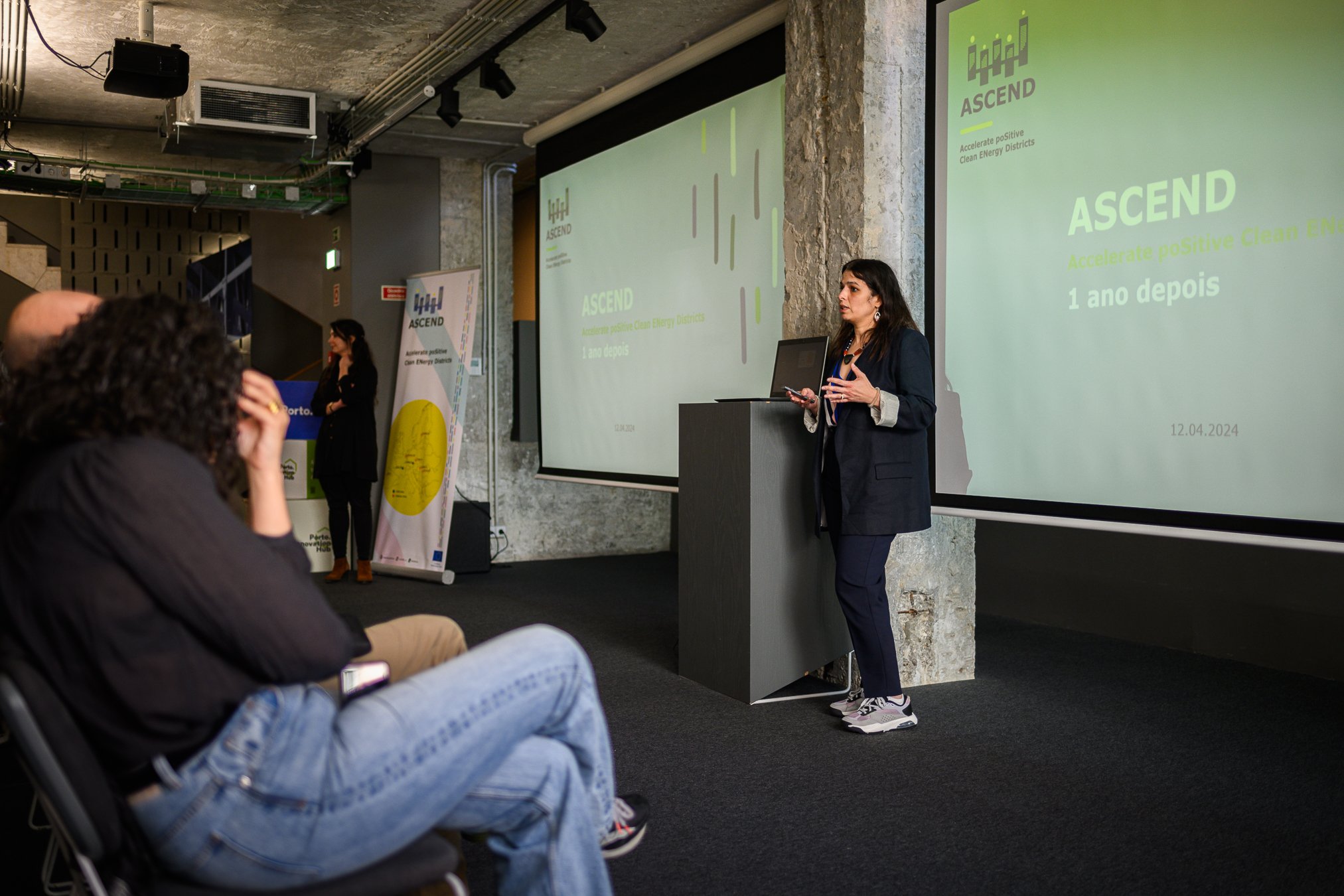 | 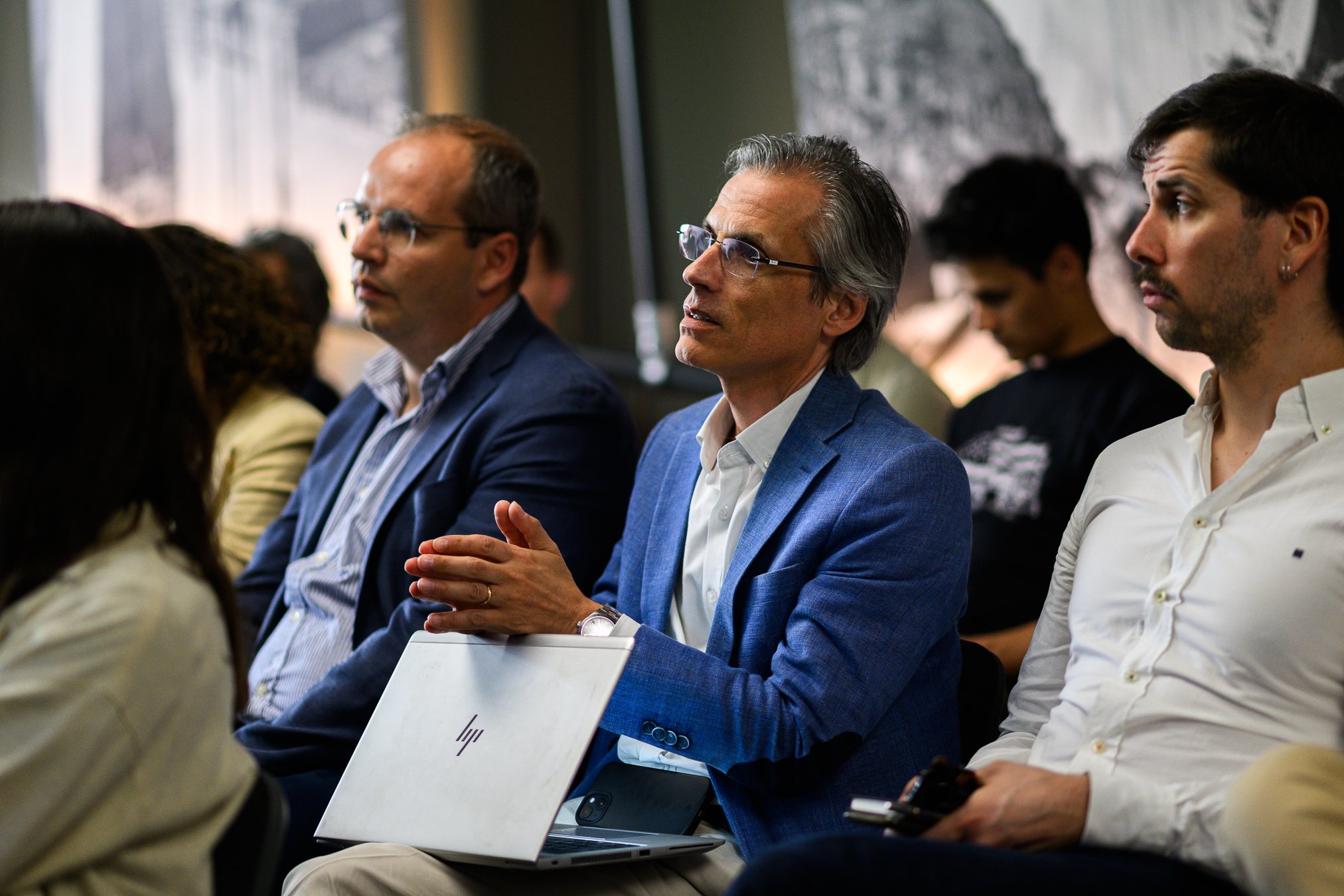 | 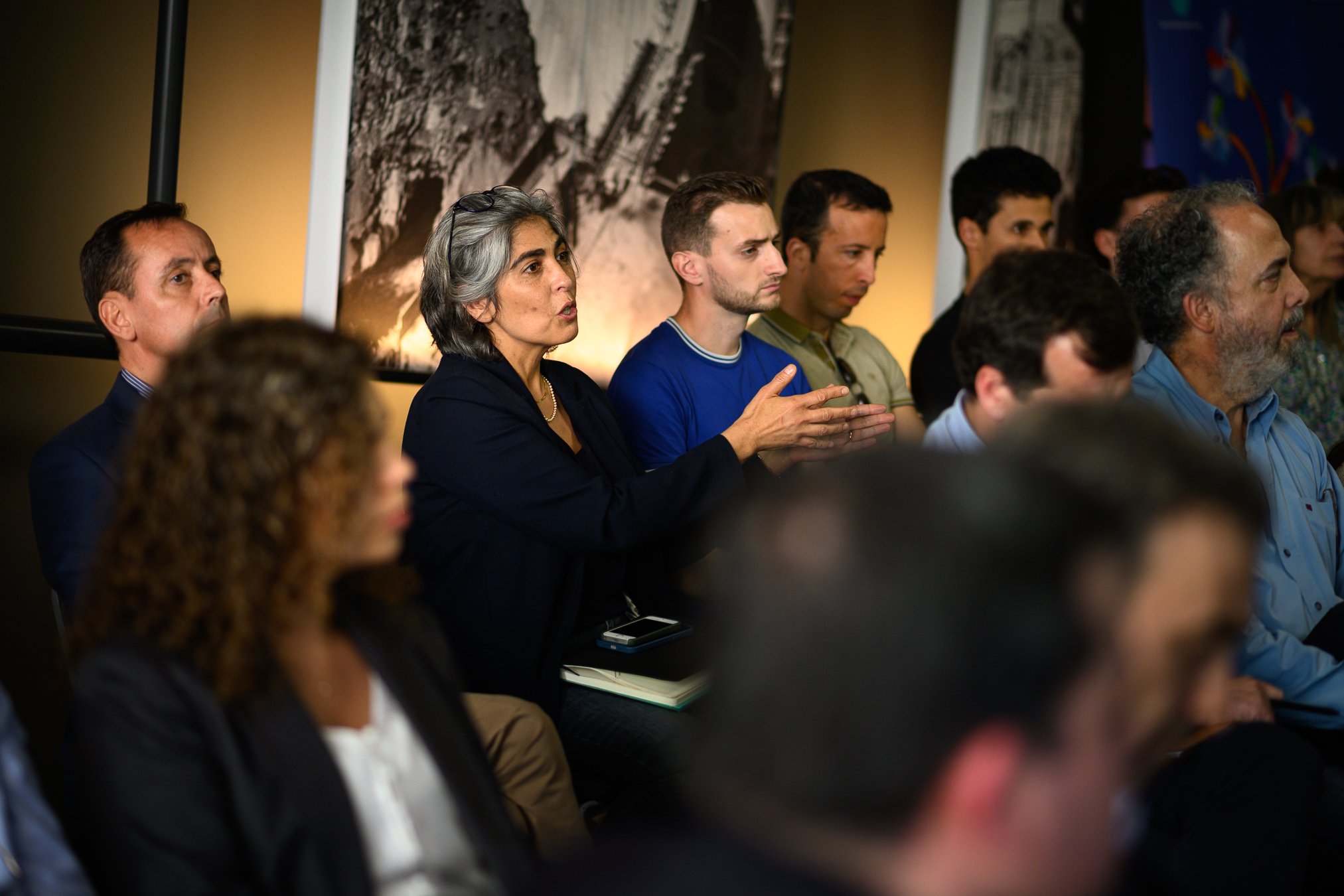 |
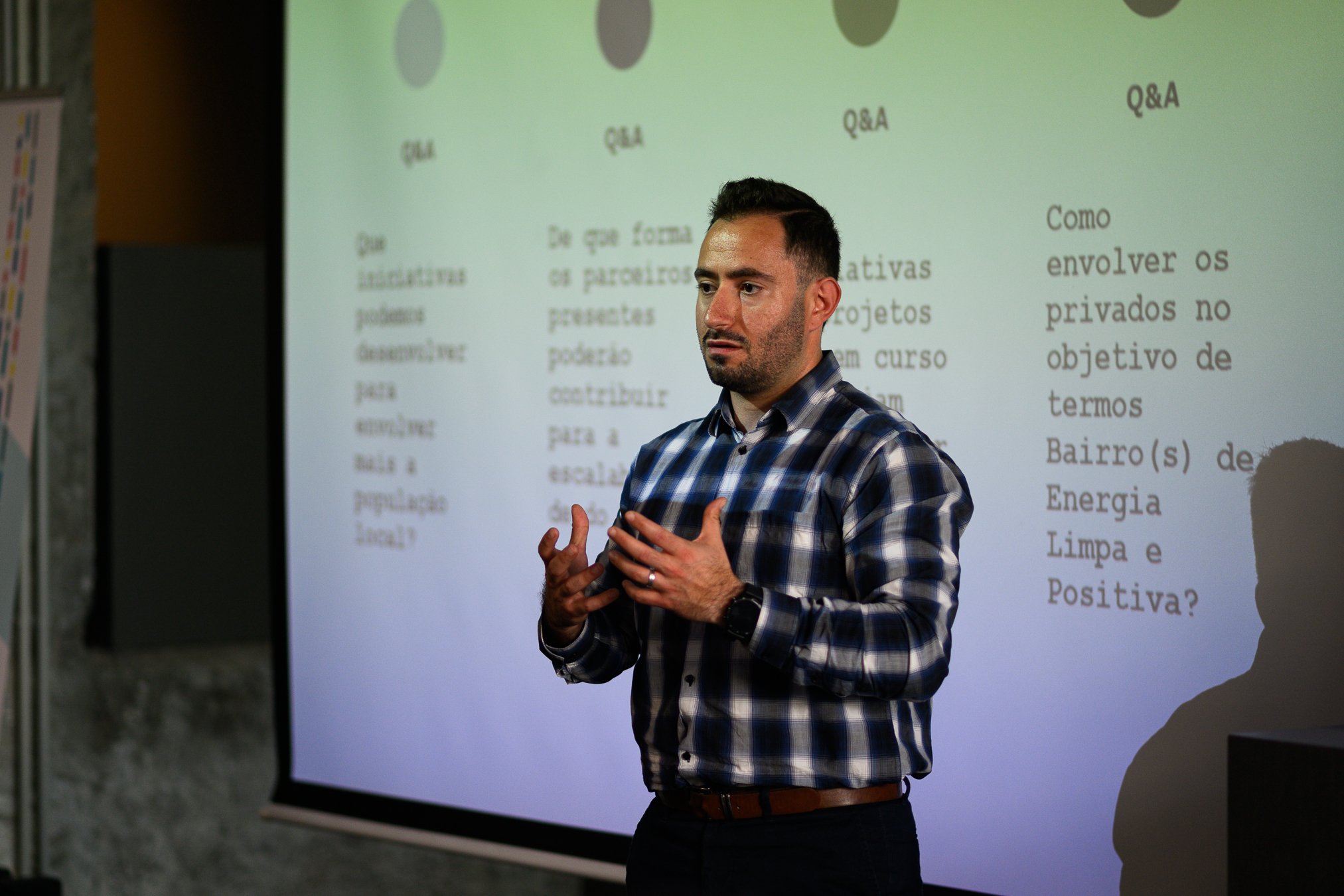 | 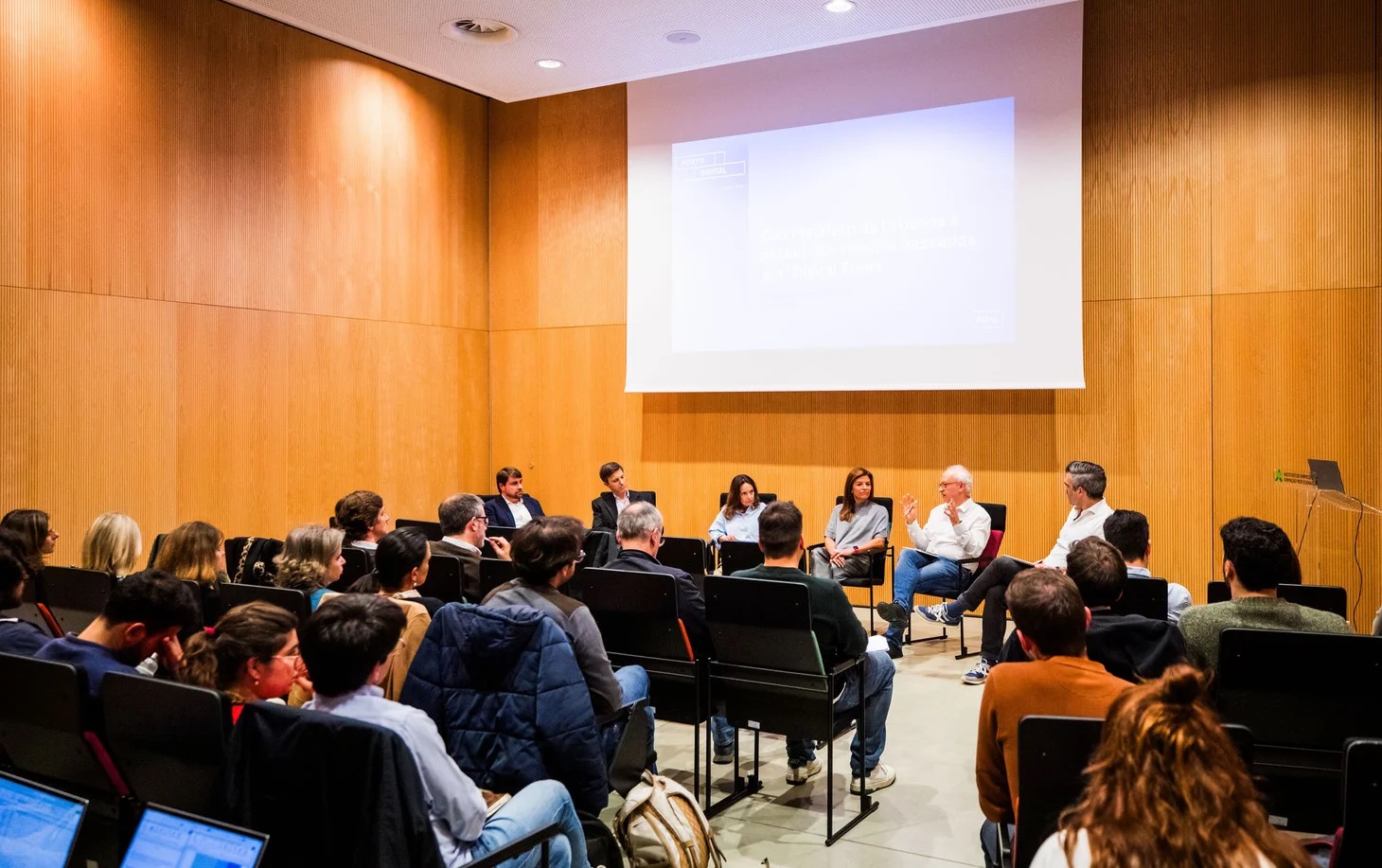 | 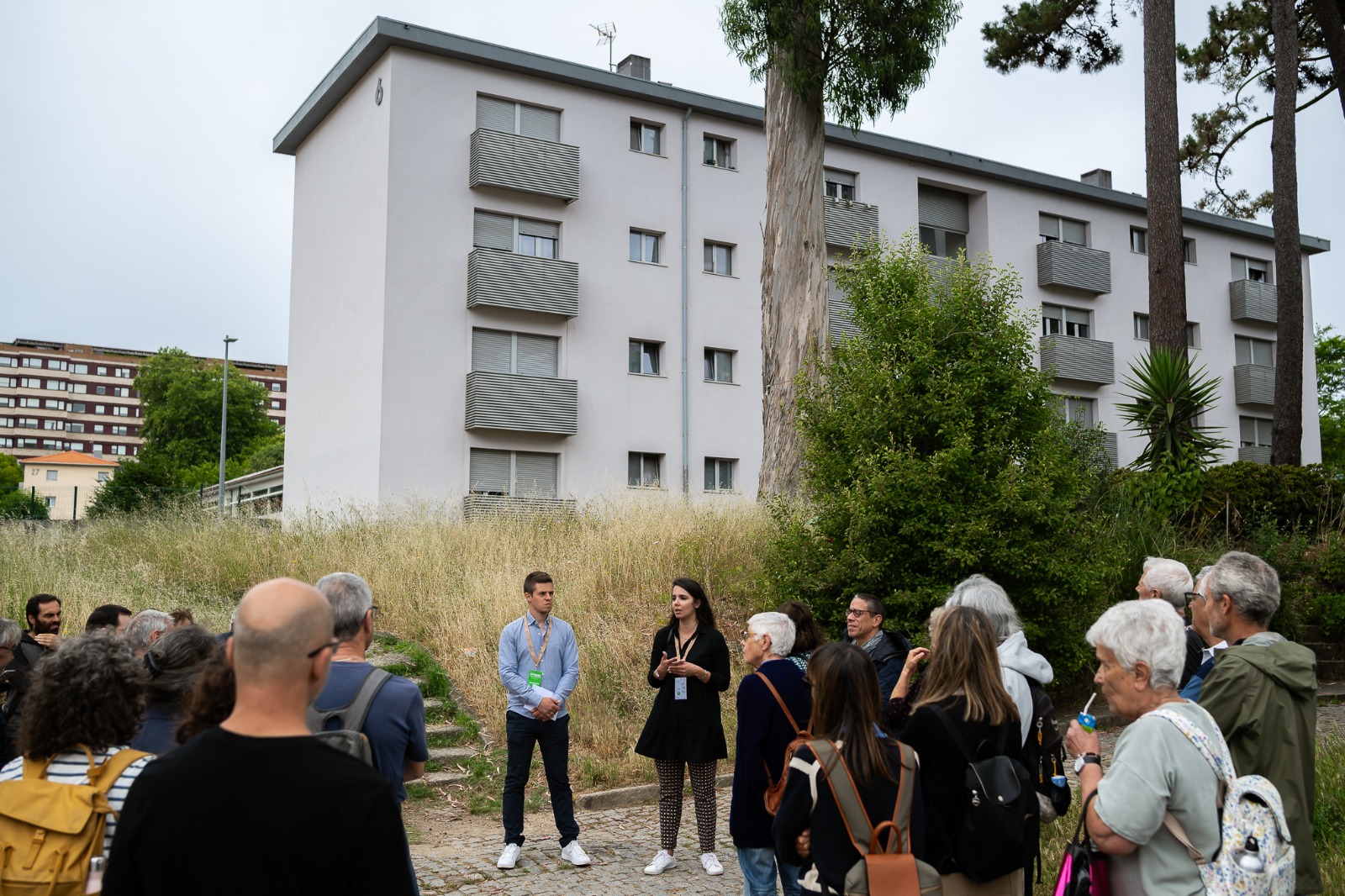 |
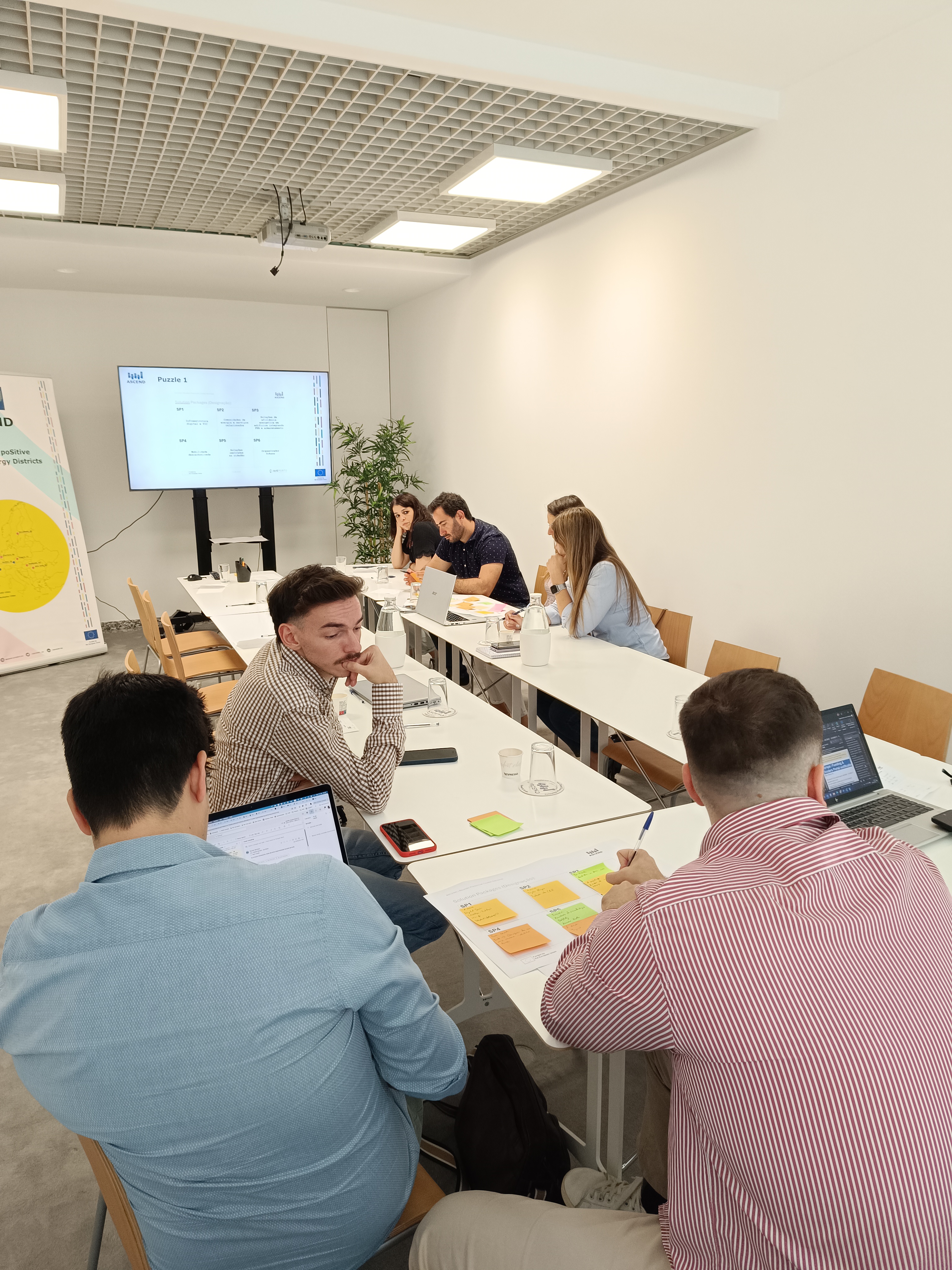 |
6.1 Creation of an Innovation Team
6.1.1 Innovation Team for Local and Community Energy
Prague is forming an Innovation Team for Local and Community Energy to strengthen collaboration between municipal organizations and departments. The team will involve middle managers and practitioners responsible for energy-related projects within their organizations.
The Innovation Team for Local and Community Energy is still in the planning and design phase, and its first meeting has not yet taken place.
The goals are to:
- Develop shared understanding and language around current goals, trends, and solutions in local energy.
- Align the activities of key city actors, clarify roles, and inform policymaking for innovation adoption.
- Co-create a common approach to building smart, clean, positive energy districts and ensure implementation in all major projects.
- Collaborate on stakeholder and citizen engagement, ensuring coordinated communication and higher project acceptance.
The team should meet at least twice a year and each year will address specific challenges based on trends and topics addressed by Prague City Hall officials in the given area.
Roles – Innovation Team
• OICT (Smart Prague Office) – Coordination
• CVUT – Methodology support, key member
• PDS – Founding member and co-host
• PSOE – Founding member and co-host
• Key municipal departments, city organizations, and companies - members
6.1.2 Innovation Team for Environment (Microclimate)
Prague is also forming an Innovation Team for Environment (Microclimate) to focus on two priorities selected together with the City of Prague: circularity and climate adaptation, which also include microclimate-related topics such as the development of a digital twin of the city’s climate or mapping of cooling oases.
The first meeting took place on 17 July 2025 at OICT (Dělnická 12, Prague 7) with 19 participants. The team will continue to meet at least twice a year.
The goals are to:
- Support the city’s innovation ecosystem through joint activities
- Gather data on the needs faced by the city in the field of environment
- Identify barriers that key city actors are currently dealing with in this area
Roles – Innovation Team
- OICT (Smart Prague Office) - Coordination
- PVK (Prague Water Supply and Sewerage Company)
- Pražské služby (Main municipal waste management company)
- MHMP (Prague City Hall)
- IPR (The Prague Institute of Planning and Development)
- INCIEN (Institute for Circular Economy)
- CZU (Czech University of Life Sciences Prague)
- Metrofarm (Urban farming initiative in Prague)
- CHMI (Czech Hydrometeorological Institute)
- AV CR (Czech Academy of Sciences)
6.2 Co-create Replication Guidelines for Positive Clean Energy Districts
Project partners and stakeholders are co-developing standardized replication guidelines (including energy standards) to be applied across diverse urban contexts. This ensures environmentally conscious and energy-efficient district development. Communication platforms are being used to align investor and user needs with technically and economically viable solutions.
Roles – Replication Guidelines
• PDS – Project design lead, with property developers/design companies
• CVUT – Expert input and facilitation
City of Prague – Investment and property management, energy manager
• OICT – Data collection, monitoring, Golemio tool provider
• PSOE – Operating emerging RES network
• Energy providers and operators – Supplying solutions and operation services
• • Future tenants and businesses – End users and partners
• Municipal service providers and transport operators – Integration with infrastructure and services
6.3 Investment Opportunities for the construction of PCED (new solution)
PRA6.3 was introduced in Q4 as a new solution under Solution Package 6. The focus is on identifying sustainable business models to support the construction of high-performance, ideally Positive Clean Energy District (PCED)-level developments. The objective is to prepare a comprehensive document for the City of Prague that summarizes key methods and instruments for financing urban district construction. This will include exploring diverse financial approaches, ranging from traditional investment mechanisms to innovative models tailored to sustainable energy districts.
Roles:
PDS: the main responsibility for this solution, with a focus on integrating PCED principles into its planning practice. Collaboration with partners both inside and outside the ASCEND consortium.
Key Developments in Prague’s SP6 Solutions
• Formation of the Innovation Team
• Appointment of a dedicated innovation manager
• Mutual learning and co-creation sessions
• Joint strategy work for Smart PCEDs
• Team growth and consolidation of structure
• Validation of the Energy Master Plan with PDS before zoning documentation tender
• Preparatory work on replication guidelines (completion target: 10/2026; final specification: 12/2027)
Challenges and Risks
Innovation Team
• Soft nature of the solution makes it challenging to define as a distinct innovation and measure impact
• Onboarding new members and managing coordination transitions can be challenging
Replication Guidelines
• "Take it or leave it" tenancy model limits true co-creation with tenants
• Risk of sub-optimal technology use or poor user experience by end users
Investment opportunities
The main challenge lies in the specific legislative and business environment in the Czech Republic, which affects investment structures and may limit certain financing instruments. Legal uncertainties have also been noted as a recurring issue. Despite these, no major delays are foreseen.
Next Steps
• Development of a cookbook for innovation teams
• Defining evaluation, monitoring, and reporting mechanisms for team activities
• Adoption of the Smart PCED model with defined roles for each organization
• Continued engagement with stakeholders to refine the Energy Master Plan
• Continuous adaptation of the energy concept based on project documentation and planning process
• Completion of replication guidelines for new and existing PRG districts
- Finalization and discussion of the assignment with stakeholders to enable the preparation of the output.
- Drafting of the investment opportunities report for Prague City Hall.
Lessons Learned
• A dedicated innovation manager helps maintain focus and momentum.
• Early role clarification across organizations prevents duplication and misalignment.
• Engaging stakeholders in both planning and operational phases increases adoption success.
• Flexibility in tenancy and operational models supports better end-user experience and technology uptake.
Prague is lying the groundwork for long-term sustainable energy innovation through the establishment of a dedicated Innovation Team, the co-creation of standardized replication guidelines, and the launch of a new solution on investment opportunities for Positive Clean Energy Districts. By aligning municipal actors, developing shared strategies, securing design capacity, and engaging a wide network of stakeholders, the city is building a strong framework for replicable, high-impact urban energy solutions, with no major delays foreseen and key design phases already scheduled.
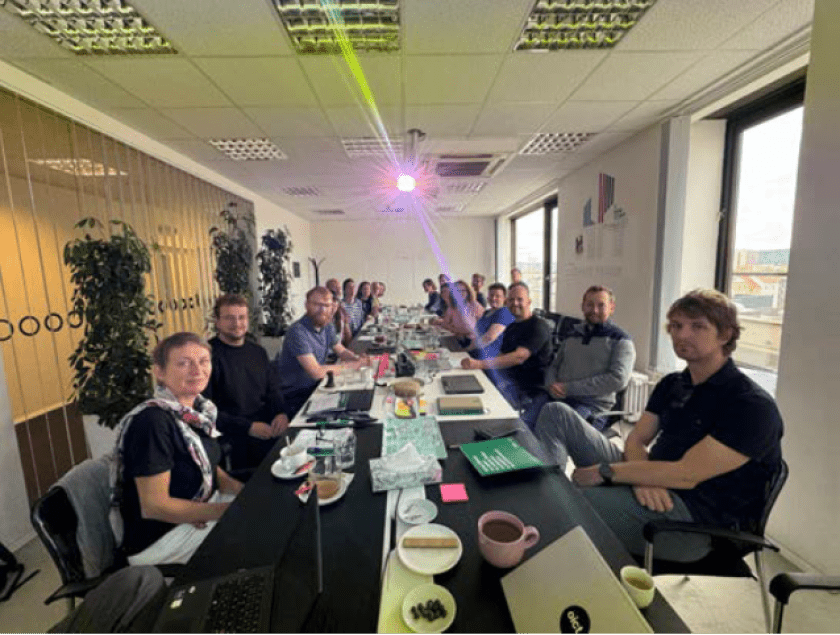
Hammarby Sjöstad, a large urban development in southeast Stockholm, transformed a former industrial site into a thriving district for 25,000 residents and over 10,000 workplaces, with ambitious environmental goals. ElectriCITY Innovation, established in 2015 is central to continuing to guide the established district toward climate neutrality by 2030, operating multiple testbeds in energy, transportation, the circular economy, and digital solutions. The district’s eco-governance model, which combines integrated resource management, collaborative decision-making, and resident involvement, shows how cities can balance sustainability with livability. An economic association unites housing cooperatives and ElectriCITY experts, enabling access to public funding and joint procurement processes that deliver both environmental and social benefits.
Key Developments
- ElectriCITY’s work in Hammarby Sjöstad, turning the area into a living laboratory for innovative net-zero solutions.
- Strong focus on community engagement through face-to-face meetings, workshops, and partnerships with local housing associations and associations like Sjöstadsföreningen.
- Initiatives such as eco-friendly heating, clothes swaps, local food markets, and study circles that make sustainability part of daily life.
- The development of Hammarby Sjöstad 2.0, uniting residents, businesses, academia, and policymakers in a bottom-up governance process.
Challenges and Risks
- Initial resistance from stakeholders skeptical of large-scale environmental change.
- Changing everyday habits around recycling, re-use, and sustainable consumption.
- Maintaining long-term collaboration between diverse actors, including residents, businesses, academia, and government.
- Risk that technical innovations may fail without social sustainability.
Next Steps
- Expand ElectriCITY’s outreach by offering a digital platform and educational support for communities seeking to replicate the ElectriCITY model.
- Support local initiatives in energy efficiency, joint procurement, and electric mobility infrastructure.
- Strengthen sustainable income streams to maintain community-led projects.
- Continue scaling Hammarby Sjöstad 2.0 as a model for other districts.
Lessons Learned
- Trust, transparency, and direct engagement are essential to gain resident support.
- Making sustainability social and enjoyable through events like Energymeetings, Studycircles on sustainability, Sjöstadsdagen etc. encourages long-term behavioral change.
- Social sustainability, including inclusion, quality of life, and community well-being, is as important as technical innovation.
- A shared vision and bottom-up governance help keep all stakeholders committed to long-term net-zero goals.
Through ElectriCITY’s efforts, Hammarby Sjöstad demonstrates how community-driven engagement and social sustainability can underpin ambitious net-zero objectives. Success relies not just on advanced technology but also on collaboration with residents and local organizations. The project offers valuable lessons in social inclusion, grassroots leadership, and bottom-up governance for other cities pursuing carbon neutrality.
